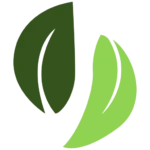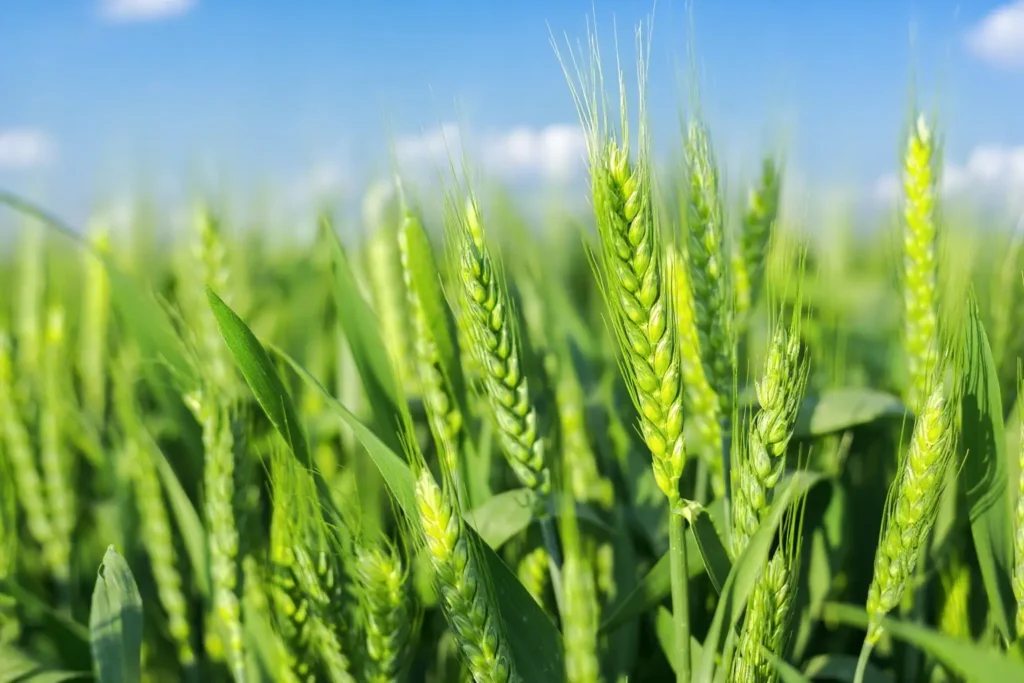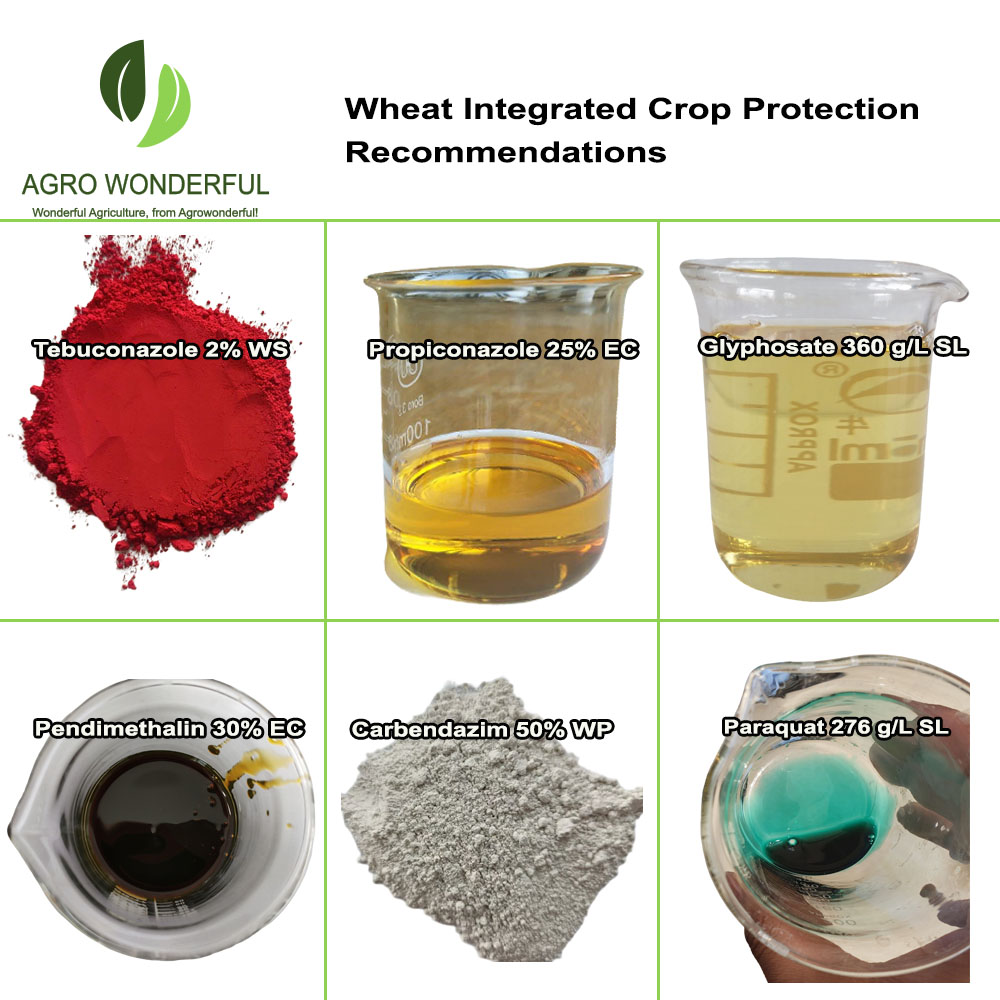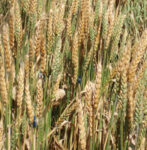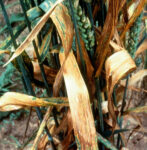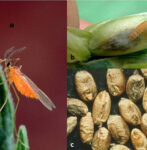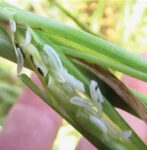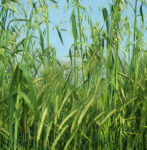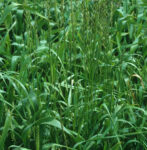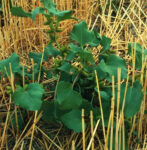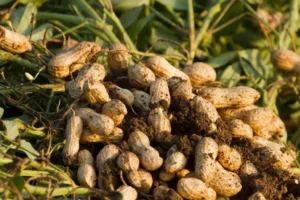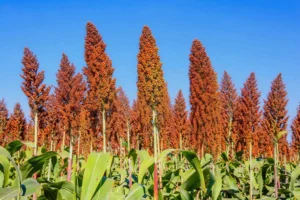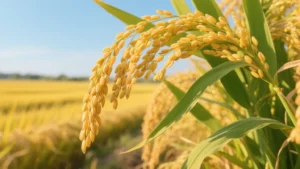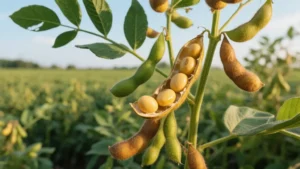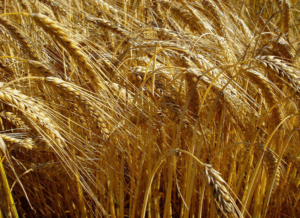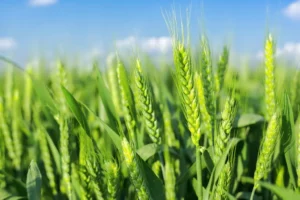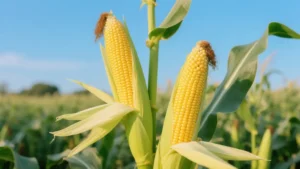Crop: Wheat
Overview
Integrated Wheat Crop Management Recommendations
🌍 Seed Selection
Use disease-resistant varieties. Apply seed treatment with Tebuconazole 2% WS for fungal protection and Imidacloprid 60% FS against early pests.
🌍 Field Monitoring
Regular scouting enables early intervention. For aphids, spray Acetamiprid 20% SP; for rust, apply Propiconazole 25% EC.
🌍 Crop Rotation
Rotate with legumes to disrupt pest cycles. Before sowing, control volunteers with Glyphosate 480g/L SL.
🌍 Timely Chemical Application
Use Epoxiconazole 12.5% SE at flag leaf stage against foliar diseases. For weed control, apply Pendimethalin 30% EC pre-emergence.
🌍 Soil & Water Management
Proper drainage prevents root diseases. If needed, apply Carbendazim 50% WP as soil drench.
🌍 Harvest Timing
Monitor grain maturity. Pre-harvest application of Paraquat 276g/L SL can desiccate weeds for easier harvesting.
Common Wheat Diseases
1. Wheat Rust (Stem, Leaf, and Stripe Rust)(Fungal)
- Impact: Causes leaf and stem damage, severely reducing yield.
- Symptoms: Rust-colored, yellow or orange pustules on leaves and stems.
- Control Measures:Spray Propiconazole 25% EC at disease onset
2. Fusarium Head Blight (Fungal)
-
Damage: Causes grain shriveling and toxins
-
Symptoms: Bleached spikelets, pink mold
-
Control Measures: Apply Tebuconazole 25% EW at flowering
3. Septoria Tritici Blotch (Fungal)
-
Damage: Defoliation and yield loss
-
Symptoms: Yellow lesions with black specks
-
Control Measures: Use Epoxiconazole 12.5% SE early infection
4. Bacterial Leaf Streak (Bacterial)
-
Damage: Reduces grain filling capacity
-
Symptoms: Water-soaked streaks on leaves
-
Control Measures: Apply Copper Oxychloride 50% WP first symptoms
Common Wheat Pests
1. Wheat Stem Sawfly
-
Impact: Larvae tunnel in stems causing lodging.
-
Damage Symptoms: Hollow stems, plant lodging.
-
Control Measures: Apply Fipronil 5% SC at egg hatch stage.
2.Wheat Midge
-
Impact: Damages kernels and reduces quality.
-
Damage Symptoms: Blighted or shriveled grains.
-
Control Measures: Use Chlorpyrifos 48% EC or Lambda-cyhalothrin 5% EC.
3. Cutworms
-
Impact: Cut young seedlings at base.
-
Damage Symptoms: Seedlings fall over and die.
-
Control Measures: Apply Chlorpyrifos 48% EC as soil treatment.
4. Hessian Fly
-
Impact: Larvae stunt plant development.
-
Damage Symptoms: Shortened internodes, dark sheaths.
-
Control Measures: Spray Cypermethrin 10% EC at early infestation.
Common Weeds in Wheat Fields
1. Wild Oats (Avena fatua)
-
Damage: Competes for nutrients and light
-
Symptoms: Similar to wheat but with twisted leaves
-
Control: Post-emergence Fenoxaprop-p-ethyl 9% EC
2. Ryegrass (Lolium spp)
-
Damage: Rapid growth reduces yields significantly
-
Symptoms: Shiny leaves, dense clumps in field
-
Control: Apply Clodinafop-propargyl 15% WP early
3. Common Cocklebur (Xanthium strumarium)
-
Damage: Competes for nutrients and space
-
Symptoms: Large rough leaves, spiny burs
-
Control: Use Bromoxynil 40% EC at 3-5 leaf stage
4. Field Bindweed
-
Damage: Smothers crops and reduces yields
-
Symptoms: Arrow-shaped leaves, white trumpet flowers
-
Control: Spray Metsulfuron-methyl 60% WG at 2-4 leaf stage
